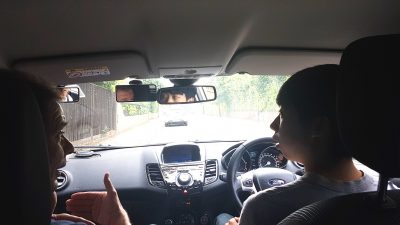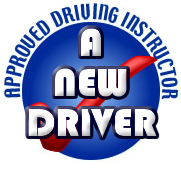
Why Highway Driving Practice Is Very Important.
FIRST DRIVING LESSON TIPS
Get in gear: your very first time in the driving seat
You’ve been studying, and now it’s time to put what you have actually learnt into practice behind the wheel. Booking your first driving lesson is exciting, however it may not take too wish for the nerves to creep in. Let’s have a look at a few things you can do to help keep you calm, cool and gathered as you discover how to drive.
How to prepare for your very first driving lesson
Evaluation the Highway Code – not just will it assist you when it comes to taking your theory test, it’ll keep the guidelines and regulations of the road fresh in your mind.
Select a practical outfit. Try to wear something comfy that you can move around in and prevent any limiting clothing and shoes. Flip flops and high heels, in particular, aren’t perfect when driving.
Remember your provisional licence – your trainer will examine that you have it. You can’t legally be behind the wheel without one so it’s an outright must for your very first driving lesson. You may likewise be requested your check code, so your instructor can examine your online licence equivalent.
Ensure you’re fit to drive. Avoid drinking the night before and keep in mind to bring your glasses or contact lenses if you require them.
Pass your test with us
Driving School DublinDriving Test Ireland
What do you do on your very first driving lesson?
Will I drive quickly?
Do not stress – you won’t get in the driving seat immediately. Your instructor will drive you to a peaceful road where you’ll discover all the basics of the cars and truck controls. This includes the equipments, the pedals, and what’s referred to as the cockpit drill.
What’s a cockpit drill?
This is a workout that all chauffeurs should carry out when they get in the vehicle, and it’s typically one of the first things you’re taught. The cockpit drill (often known as the DSSSM regimen) includes checking your doors, seat, steering, seatbelt and mirrors:
- Doors– examine all doors are closed and protected prior to starting your engine.
- Seat and steering– change your seating so that the controls are within simple reach and you have a clear view of the roadway. If you’re in an accident, you need to also change your headrest to avoid whiplash.
- Seat belt– make certain you and your guests are buckled in.
- Mirrors– position your mirrors to reduce your blind spots.
How do I move off?
When it comes to the huge minute– taking control of the vehicle– you’ll have to move the vehicle off and show that you can securely do the ‘Prepare, Observe, Move’ regular:
Prepare – getting the vehicle prepared to retreat when the road is clear
- Press and hold the clutch down with your left foot.
- Select initially equipment.
- Press the gas pedal down with your best foot till you’re at about 1500-2000 rpm.
- Bring the clutch up slowly till you find the biting point.
- Be ready to launch the handbrake at the correct time.
Observe– revealing your instructor that you’re aware of your surroundings
- Examine all around the vehicle trying to find anything that may affect your driving strategy.
- Look over both shoulders.
Move– with confidence moving the automobile off when you’re safe to go
- Release the handbrake.
- Release the clutch slowly while gently putting your foot down on the gas pedal.
- Ease up on the gas and manage the speed of the lorry utilizing the clutch pedal if you find you begin to move off too quickly.
- Re-check your mirrors and blind spots and move your automobile to the normal driving position.
What if I make a mistake?
It’s typical to be worried when you’re finding out to drive – and you’re not expected to master everything quickly. Driving is something you improve at with time and practice. Even motorists who’ve been on the roadway for many years are still enhancing. Don’t fret about making an error – your trainer’s seen it all previously.
In the (unlikely) case of something failing, rest assured that your instructor can control the cars and truck. All expert driving schools use double regulated automobiles, which indicates your instructor can step in if you need some help.
Scheduling your first driving lesson is amazing, however it might not take too long for the nerves to sneak in. You can’t lawfully be behind the wheel without one so it’s an absolute must for your very first driving lesson. Your trainer will drive you to a quiet road where you’ll learn all the principles of the vehicle controls. It’s typical to be anxious when you’re finding out to drive – and you’re not expected to master everything directly away. Driving is something you get much better at with time and practice.
Related Articles
[page-generator-pro-related-links group_id=”1597″ post_status=”publish” output_type=”list_links” limit=”6″ columns=”2″ link_featured_image=”0″ orderby=”rand” order=”asc”]
Learn More
